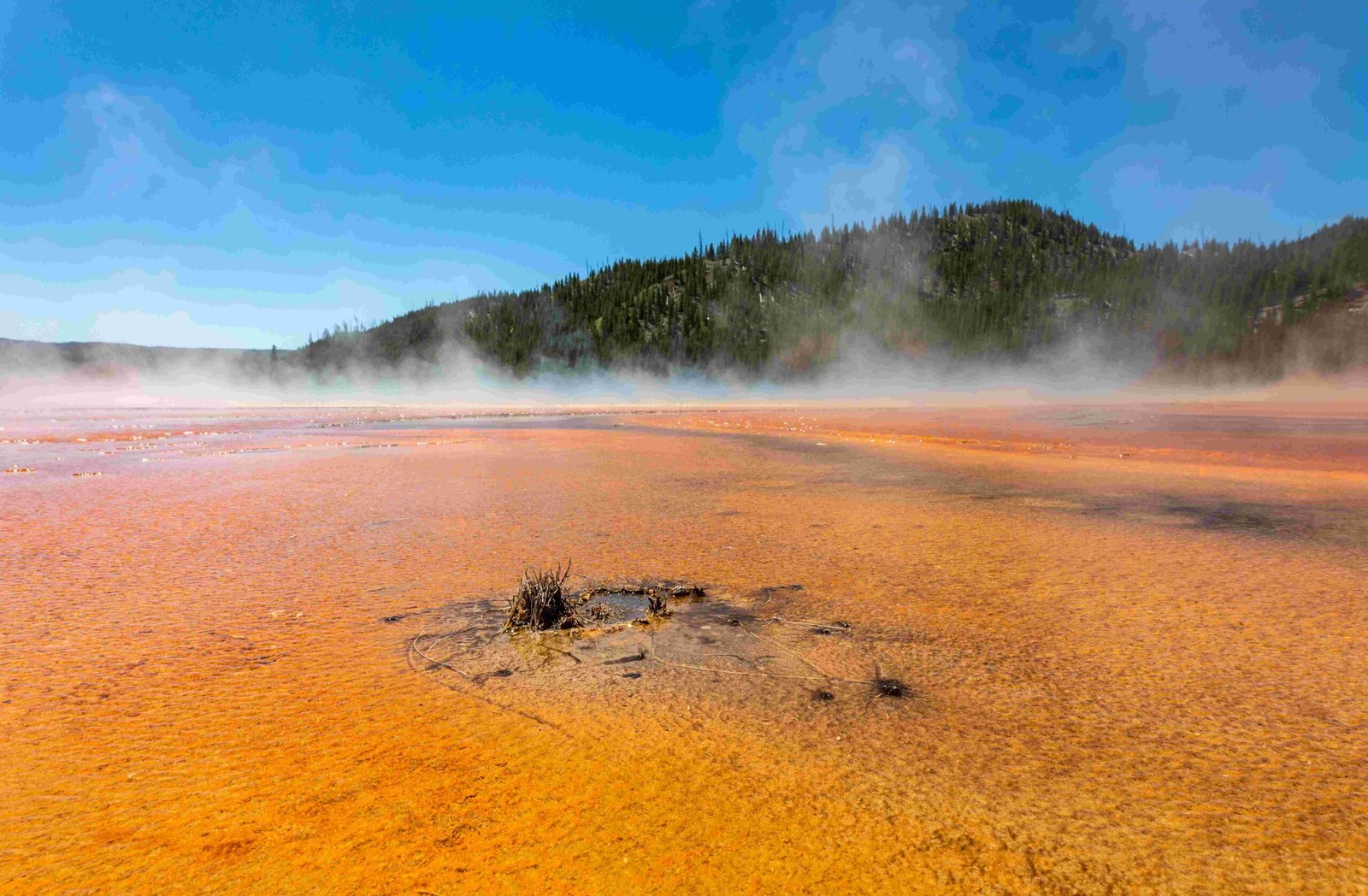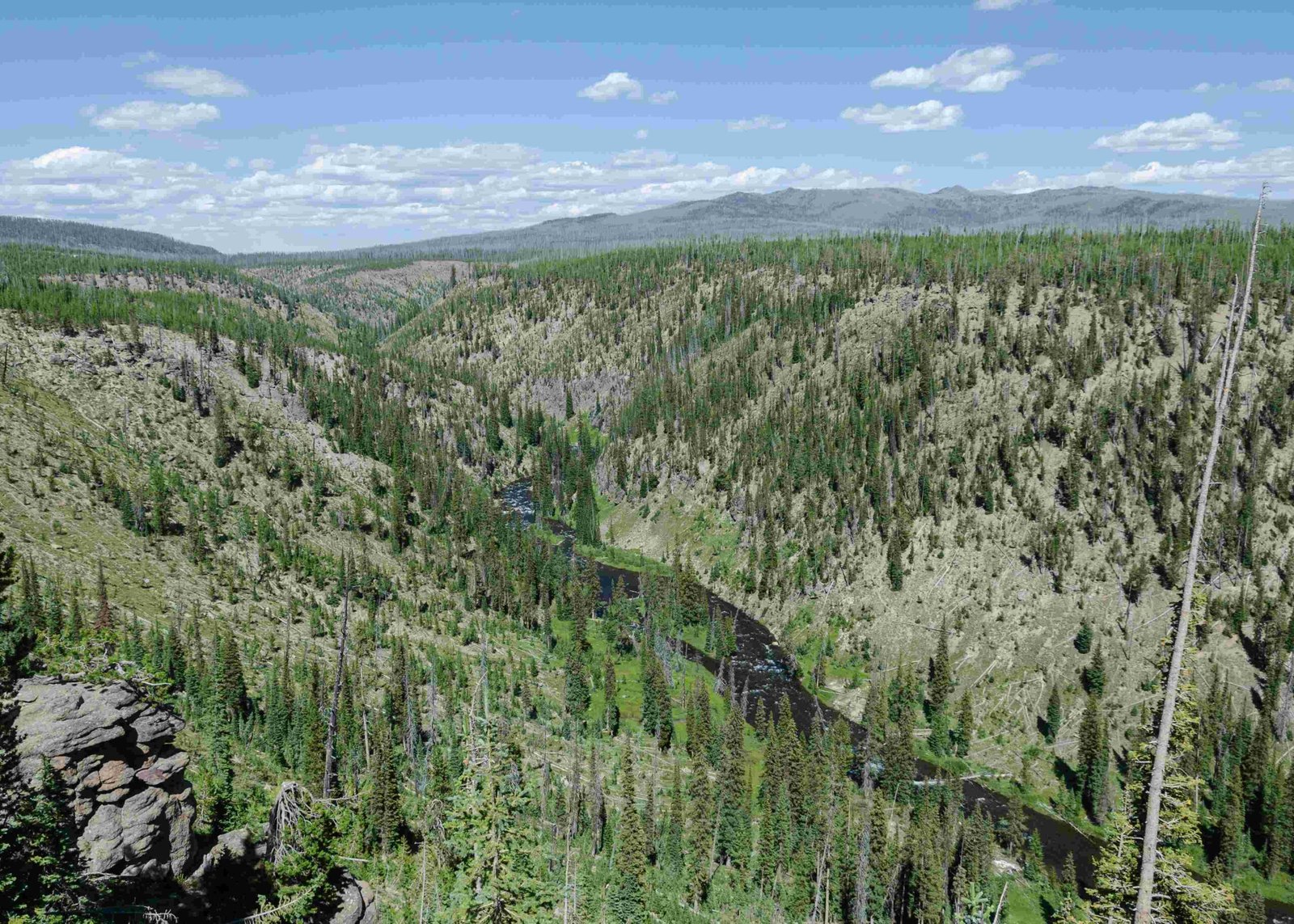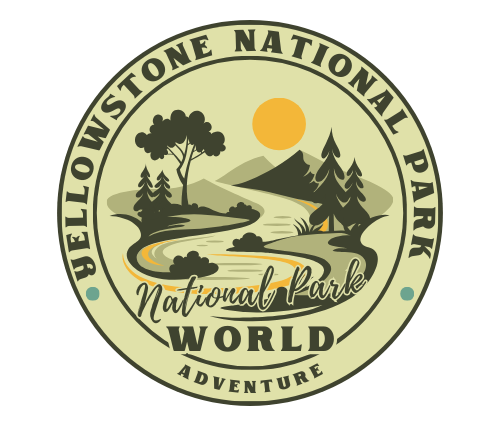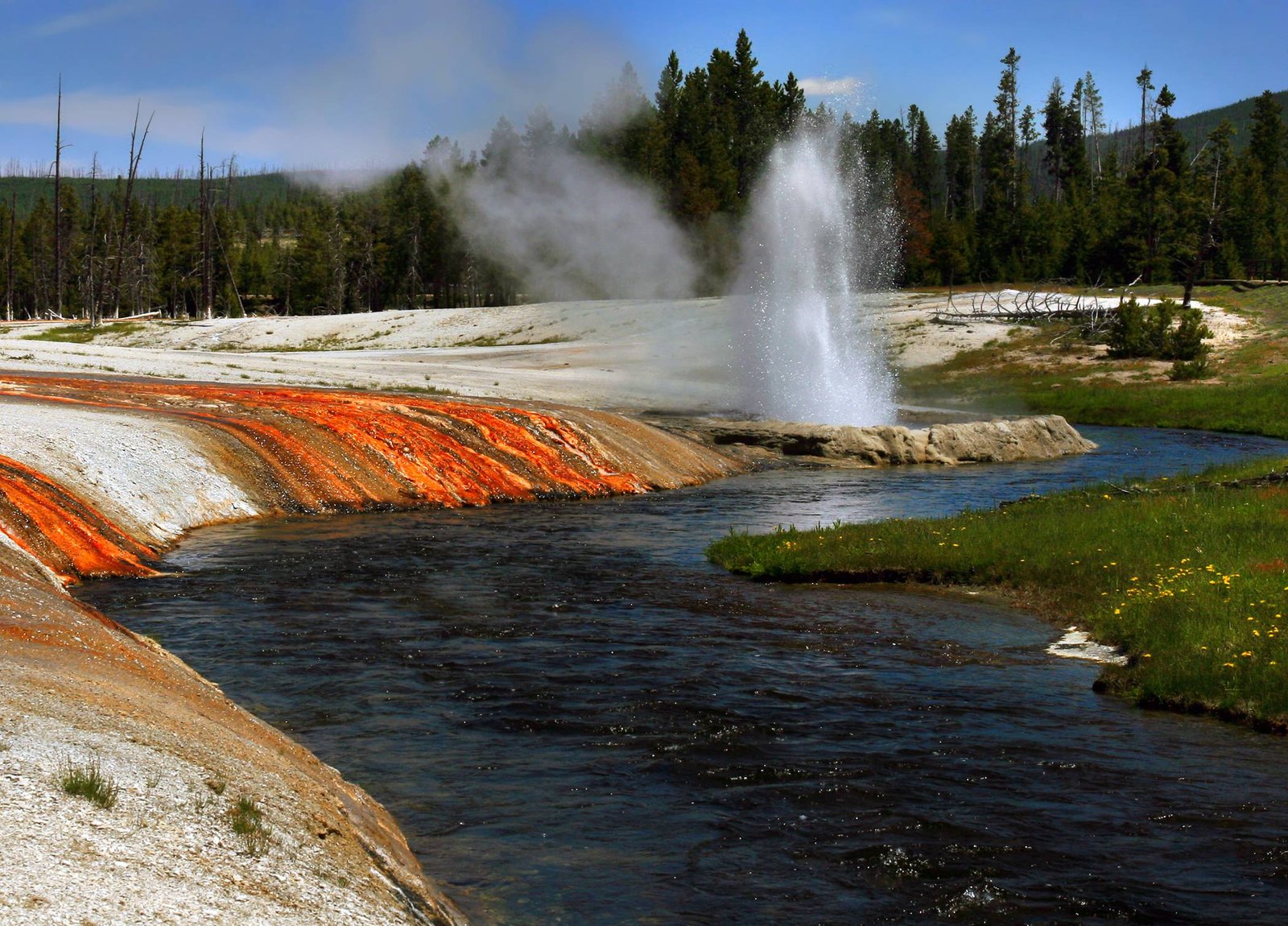Yellowstone National Park, home to a supervolcano, is a geological wonder that captivates visitors with its stunning geothermal features and rich volcanic history. The park’s caldera, measuring 43 by 28 miles, last erupted 640,000 years ago. Today, it boasts over 500 geysers and 10,000 hot springs, making it a unique destination for nature enthusiasts and scientists alike. The Yellowstone Volcano Observatory closely monitors the area, ensuring visitor safety while providing insights into Earth’s dynamic processes.
What Makes Yellowstone’s Supervolcano Unique?

Yellowstone’s supervolcano is a geological marvel that sets it apart from other national parks. Here are some fascinating facts:
- It’s one of the largest known volcanic systems in the world.
- The caldera is so vast it’s visible from space.
- Yellowstone has experienced three major supereruptions in the past 2.1 million years.
- The heat powering Yellowstone’s geothermal features comes from a massive magma chamber beneath the surface.
How Often Does Yellowstone’s Volcano Erupt?

While the thought of a supervolcano eruption might be alarming, it’s important to understand the timeline:
- Last major eruption: 640,000 years ago
- Previous eruptions: 1.3 million and 2.1 million years ago
- Smaller, non-explosive eruptions: Approximately 80 since the last supereruption
Scientists believe that the recurrence interval for large eruptions is neither regular nor predictable. However, continuous monitoring helps assess any potential risks.
What Are the Most Impressive Geothermal Features in Yellowstone?
Yellowstone’s geothermal wonders are a testament to the power beneath the Earth’s surface. Here’s a list of must-see features:
- Old Faithful Geyser: Erupts approximately every 90 minutes
- Grand Prismatic Spring: The largest hot spring in the United States
- Mammoth Hot Springs: Known for its travertine formations
- Norris Geyser Basin: The hottest and oldest geyser basin in Yellowstone
How Do Scientists Monitor Yellowstone’s Volcanic Activity?
The Yellowstone Volcano Observatory employs a variety of advanced techniques to keep a close eye on the volcano:
- Seismometers to detect earthquakes
- GPS antennas to measure ground deformation
- Thermistors to monitor temperature changes
- Satellite technologies for comprehensive data collection
This constant surveillance allows scientists to detect any unusual activity that might precede an eruption.
What Are the Chances of a Catastrophic Eruption?
While the idea of a massive eruption is captivating, the reality is less dramatic:
- Current activity is considered normal
- No evidence of an imminent large-scale eruption
- Smaller seismic and hydrothermal activities are common
- The USGS considers the annual chance of a Yellowstone supereruption to be about 1 in 730,000
How Does Yellowstone’s Volcanic History Shape Its Landscape?
Yellowstone’s past eruptions have left an indelible mark on the landscape:
- Formed large calderas like the Island Park Caldera and Henry’s Fork Caldera
- Created extensive ash deposits known as tuffs
- Shaped the unique topography of the park, including Yellowstone Lake
- Contributed to the rich biodiversity of the region
What Safety Measures Are in Place for Visitors?
Yellowstone National Park prioritizes visitor safety while allowing access to its natural wonders:
- Continuous monitoring by the Yellowstone Volcano Observatory
- Implementation of closures or restrictions in areas of increased activity
- Boardwalks and designated viewing areas for safe observation of geothermal features
- Educational programs to inform visitors about the park’s geological processes
How Can Visitors Experience Yellowstone’s Volcanic Features Safely?
To fully appreciate Yellowstone’s volcanic wonders while staying safe, consider these options:
- Join guided tours led by park rangers
- Stick to designated boardwalks and trails
- Attend educational programs about the park’s geology
- Visit the park’s visitor centers for up-to-date information
- Observe wildlife and thermal features from a safe distance
What Are Some Lesser-Known Volcanic Facts About Yellowstone?
Delve deeper into Yellowstone’s volcanic mysteries with these intriguing facts:
- The park experiences thousands of small earthquakes annually, most undetectable to humans.
- Yellowstone’s caldera floor has been rising and falling over time, a phenomenon known as ‘breathing.’
- The heat from Yellowstone’s volcano melts road asphalt in some areas of the park.
- Microorganisms living in the hot springs contribute to their vibrant colors.
- Yellowstone’s volcanic activity has created one of the world’s largest petrified forests.
How Does Yellowstone’s Volcano Contribute to Its Ecosystem?
The volcanic nature of Yellowstone plays a crucial role in shaping its unique ecosystem:
- Provides nutrient-rich soil for diverse plant life
- Creates habitats for thermophilic (heat-loving) organisms
- Influences the park’s weather patterns and water cycle
- Supports a variety of wildlife adapted to the geothermal environment
By understanding these fascinating aspects of Yellowstone’s volcano, visitors can gain a deeper appreciation for this natural wonder while enjoying its beauty safely and responsibly.

